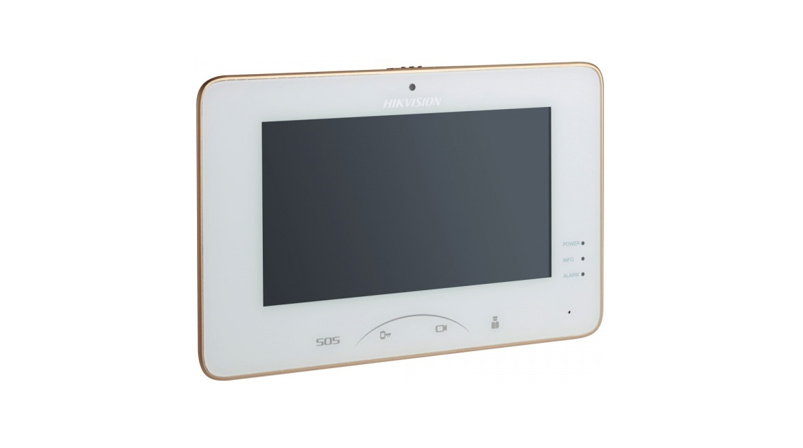
Network Indoor StationInstallation Guide
![]()
Symbol Conventions
The symbols that may be found in this document are defined as follows.
| Symbol | Description |
| Indicates a hazardous situation which, if not avoided, will or could result in death or serious injury. | |
| Indicates a potentially hazardous situation which, if not avoided, could result in equipment damage, data loss, performance degradation, or unexpected results. | |
| Provides additional information to emphasize or supplement important points of the main text. |
About this Manual
Get the manual and related software from or the official website (http://www.hikvision.com).
| Product | Model |
| Network Indoor Station | DS-KH6320-WTE1, DS-KH6320-TE1 |
Scan the QR code to get the configuration guide for detailed information.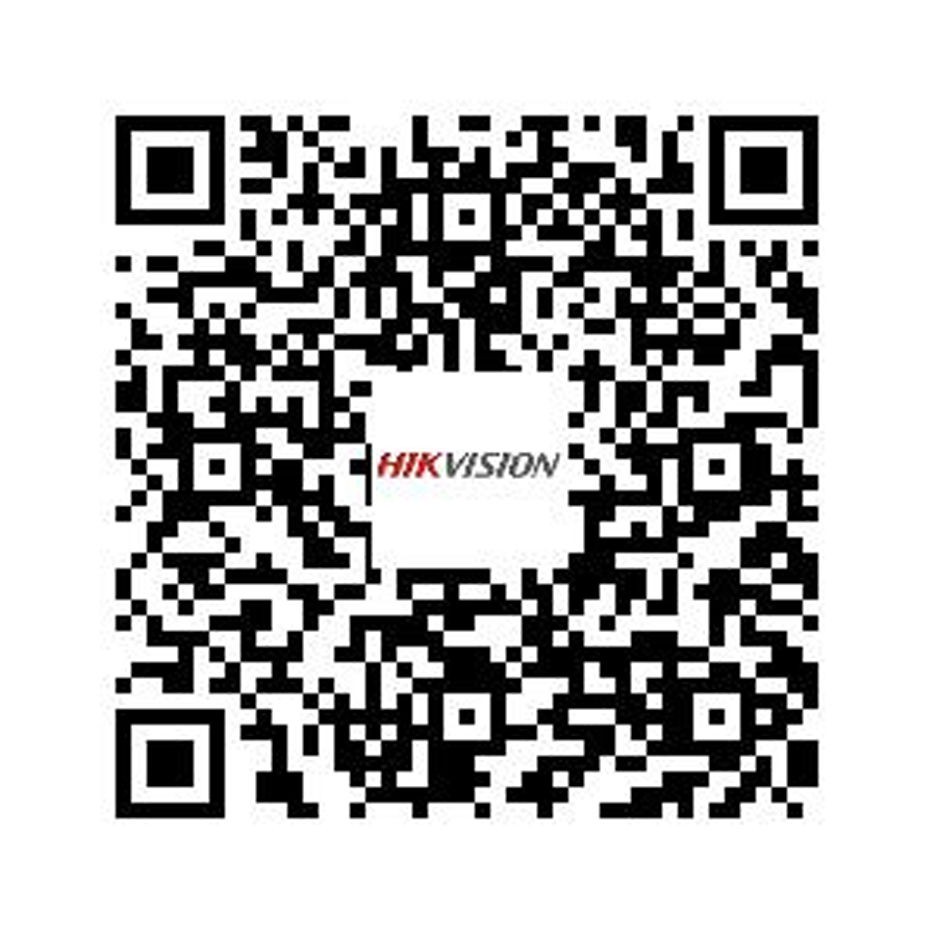



Appearance
Front Panel

Figure 2-1 Front Panel Table 2-1 Description
| No. | Description |
| 1 | Screen |
| 2 | Microphone |
Rear Panel

Figure 2-2 Rear Panel Table 2-2 Description
| No. | Description |
| 3 | Network Interface |
| 4 | Loudspeaker |
| 5 | TF Card Slot |
| 6 | Alarm Terminal |
| 7 | Reserved |
| 8 | Power Terminal |
Wiring Description
There are 20 pins in the terminal on the rear panel of the indoor station: 2 RS-485 pins, 5 reserved pins, 4 relay output pins, 8 alarm input pins, and 1 GND pin.![]()
![]()
![]()
![]()
![]()


Figure 3-1 Wiring Description (Alarm Input Device)
The internal circuit structure of the relay output is shown as below.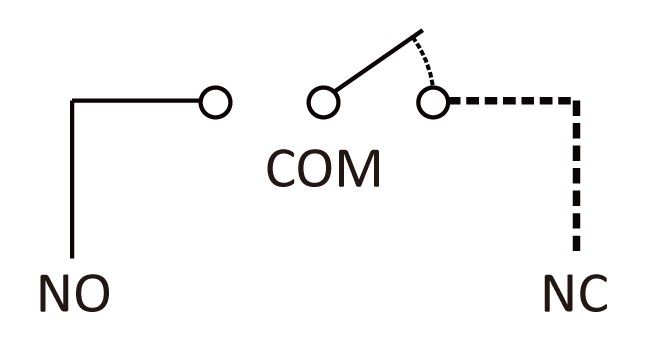

Figure 3-2 Relay Output Internal Circuit Structure
Installation
It supports wall mounting. There are two installation modes.
Wall Mounting Plate
The wall mounting plate and the junction box are required to install the indoor station onto the wall. The dimension of junction box should be 75 mm (width) × 75 mm (length) × 50 mm (depth). The dimension of wall mounting plate is shown .

Figure 4-1 Wall Mounting Plate
Wall Mounting with Junction Box
Before You Start![]()
![]()
![]()
![]()
![]()
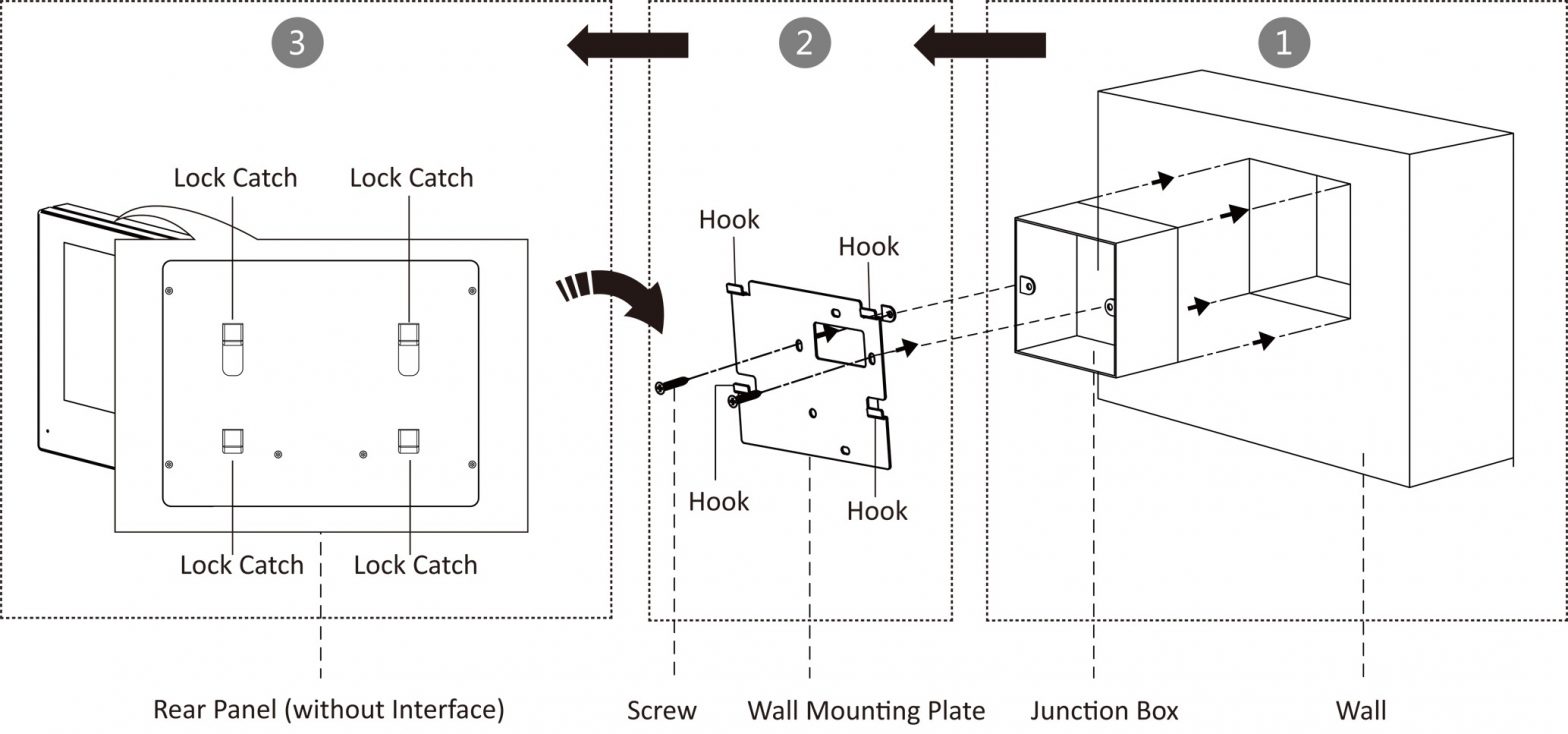

Figure 4-2 Wall Mounting with Junction Box
Mounting Indoor Station without Junction Box
Before You Start![]()
![]()
![]()
![]()
![]()
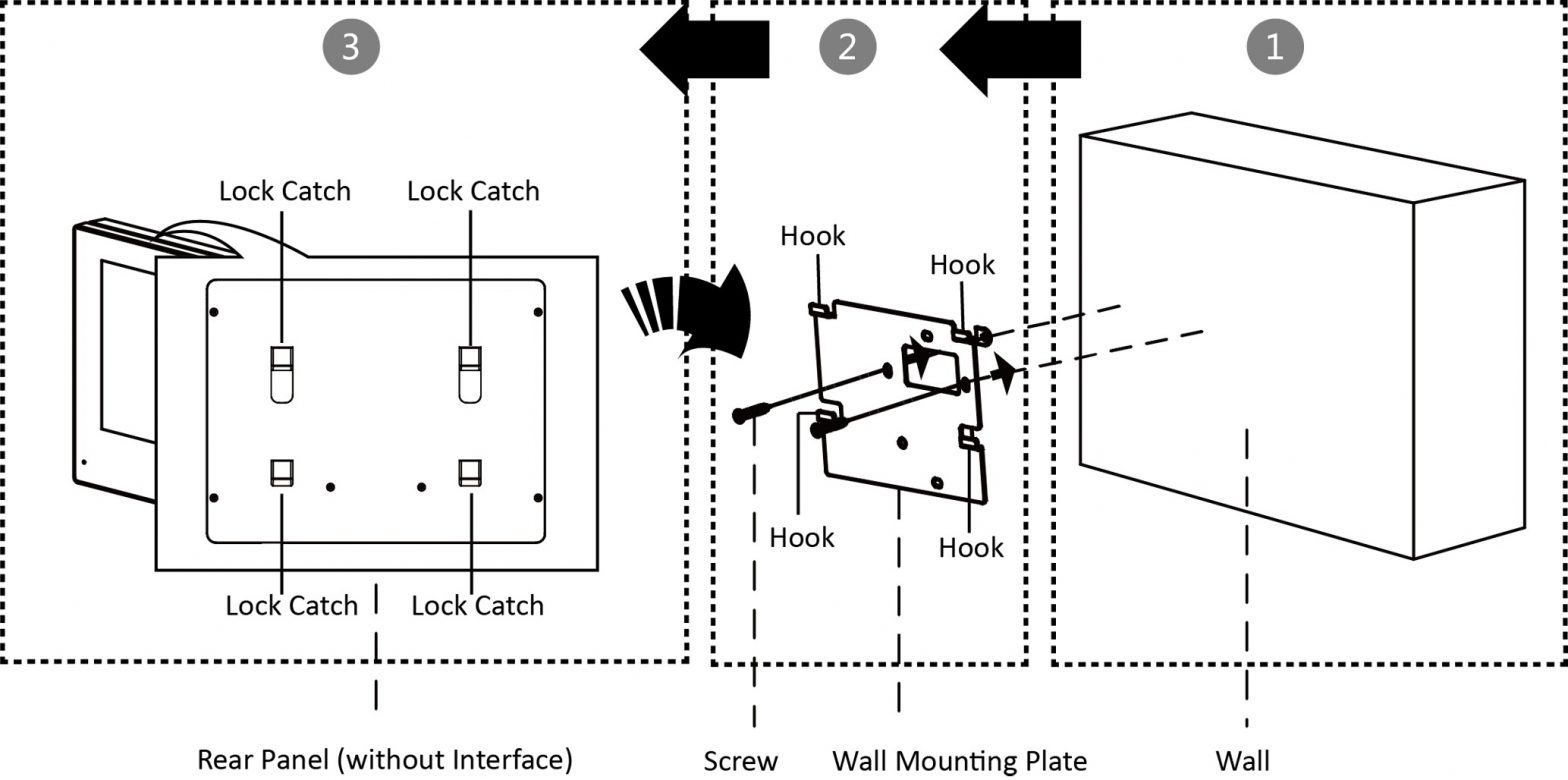

Figure 4-3 Wall Mounting without Junction Box


References
[xyz-ips snippet=”download-snippet”]

